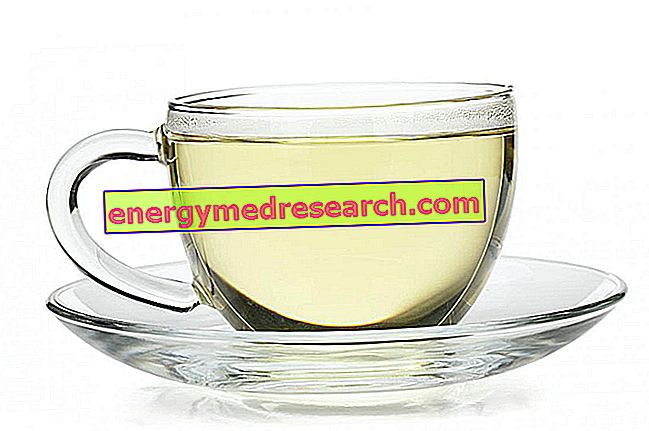PHYSICAL MEDICINE is the branch of medicine that uses natural and artificial physical agents for therapeutic purposes.
THE HEAT

In physical medicine, heat transmission occurs mainly by conduction or irradiation. In the first case there is direct contact between two bodies while in the second there is no contiguity between the two surfaces.
An example of heat transmission by conduction is given by the muds, while lasers, ultraviolet rays and infrared rays represent a classic example of transmission by irradiation.
The effects of heat are summarized in the following points:
a) local vasodilation (dilation of the vessels);
b) indirect vasodilation (effect on the vegetative nervous system).
The increased vascularization makes the heat particularly suitable in the following cases:
a) CHRONIC irritative states;
b) preparation for massage;
c) preparation for medical gymnastics and / or sports activities.
The use of heat is not recommended in the following cases:
a) RECENT trauma (presence of hematoma);
b) acute phlogistic states;
c) irritation of internal organs.
There are two different types of heat: dry heat and damp heat
DRY HEAT
a) Infrared / red light.
As we have said, the transmission of heat takes place by irradiation without there being any contact between the source and the body; the infrared rays pass through the air, are absorbed by the skin and transformed into heat. Their penetration power is about 3cm;
Sufficient sessions and duration are required (about 20 min.); red light has greater depth of action than infrared rays and causes a lower heat charge on the skin.
b) incandescent light.
Penetrates deeper into tissues than ultraviolet and / or infrared rays; it is indicated when tolerable generalized sweating is required (cooling illnesses, rheumatic diseases, skin diseases, replacement disorders); it must not be used in acute post-traumatic phase; it is also used in the preparation of gymnastic exercises.
c) ultraviolet rays.
They are the most biologically important part of the solar spectrum; in physical medicine long-wave UV rays are used: UVA. Their main actions can be summarized as follows:
- transformation of ergosterine into Vitamin D3;
- bactericidal action;
- improve the functions of defense mechanisms;
- improve energy metabolism;
The use of ultraviolet rays must occur in ventilated environments due to the toxic gases that can form (headaches and illnesses); there is also the danger of burns and skin irritation.
HUMID HEAT
a) Crenotherapy;
- source mud - volcanic origin - already warm;
- river mud, lake, sea - must be heated;
- baths or compresses - direct contact with the body surface;
- duration 20-30 minutes;
- indicated in the treatment of chronic forms, also post-traumatic, associated with other forms of physical therapy.
b) Paraffin;
- bad heat conductor (slow release to the body);
- does not contain water;
- the skin must be thoroughly dried (danger of burns)
- can be mixed with mud.
c) Thermal baths;
THE COLD
In physical medicine the cold can derive from natural sources (ice) or from artificial sources (chemical sprays and dressings).
The effects of cold are summarized in the following points:
a) vasoconstriction - hemostatic action;
b) secondary vasodilation through reflex;
c) decrease in pain sensitivity;
d) generalized effect on the vegetative system with loss of muscle tone (depends on the duration of application).
These characteristics make the cold particularly indicated in the acute phases following a trauma.

In the rehabilitation phase the ice is used together with exercises of medical gymnastics, usually active (pain reduction); in these cases the effect of secondary vasodilation is also exploited.
The cold is also used for preventive and curative purposes: for example a massage with ice is useful to prevent muscle cramps and contractures.
The use of cold is contraindicated in case of hypersensitivity to cold, sensory disturbances, open wounds and arterial circulatory disorders.



